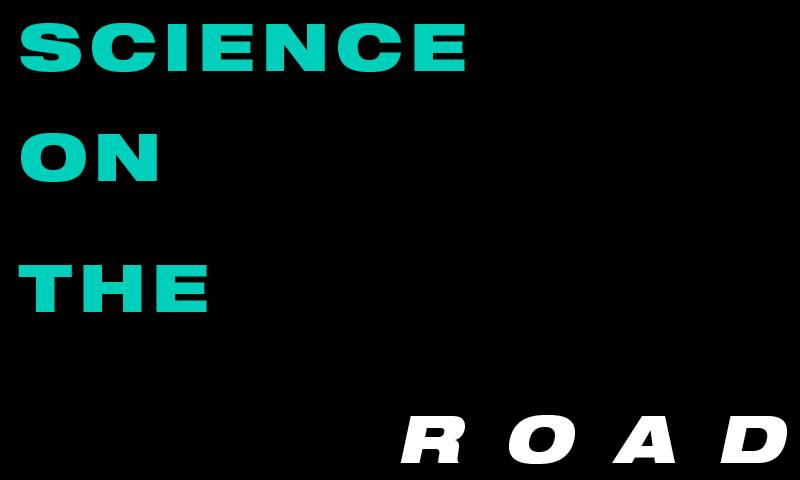Tackling unequal access to scientific culture means taking science communication out of its usual venues.

Dr Josep Grau–Bove
When the Mobile Heritage Lab visited Wilberforce School in Queen's Park, London, the school kids played a detective game – unmasking a ‘forger’ using the scientific method. In the National Museum of Wales, local high-school students joined us in taking measurements of air quality all around the museum. At the Royal Academy of Chemistry, our PhD students helped school children from around London to conduct experiments. For the past three years, the ‘Lab-on-Wheels’ – an EPSRC funded joint venture between UCL, the University of Oxford and the University of Brighton has encouraged our PhD students to inspire, inform and entertain the public.
We should not be complacent about what public engagement can achieve. The Mobile Heritage Lab is an experiment: it is designed to explore new ways in which universities can fulfil their mission of communicating science. We could easily settle for watered-down versions of public engagement that tick funders’ boxes but achieve little social change. The Lab’s role is to make us think harder.
This is important because the need for public engagement is not obvious, in the UK at least. The House of Lords report on science and society found that 84% of the UK public agrees that science is such a big part of our lives that everyone should take an interest. A 2014 BIS report found that 91% of the public believes that young peopleís interest in science is essential for prosperity. These percentages are pretty high: the people of the UK love science. Does this mean that our job is almost done? Will the public ever be ‘engaged’ enough so that we can stop engaging them, and get on with our research?
I believe public engagement in science can have another role. It can tackle inequality. Not income inequality, but one of its consequences: the inequality of access to scientific culture. There is little data available on public participation in science, but existing data on cultural participation more broadly shows obvious barriers to entry.
Aggregate data for the whole of the EU, for example, reveals a strong correlation between income and cultural participation. In the UK, this relationship has been statistically modelled in more detail: the Culture and Sport Evidence Programme found that income is only one among many factors that explain cultural participation. The culturally active tend to be old and educated or have educated parents, for example. Proximity of cultural facilities also matters: a privileged 30% of the UK has a museum within 20 miles of their place of residence, whereas most of the population has to travel 50 miles.
Most of the public engagement that we do doesn’t tackle these issues. Science festivals are attended by the same public that attends other cultural events. In fact, looking at data from the British Science Festival, the only demographic difference seems to be a higher attendance of scientists (about a third of the participants). Talks and demonstrations in university settings, historic houses or museums are also attended by culturally-active citizens. So these activities do not bridge the gap.
“We need to be thoughtful about engagement, as thoughtful as we are about our research
This is why we need mobile labs. We need science communication to happen outside its usual venues, as far from them as possible. We need to speak to young adults and inspire them to pursue a scientific education. We need to be thoughtful about engagement, as thoughtful as we are about our research. We need to look for the gaps, and propose ways to bridge them.
Dr Josep Grau–Bove is Lecturer in Science and Engineering in Arts Heritage and Archaeology at the UCL Institute of Sustainable Heritage.
 Close
Close

